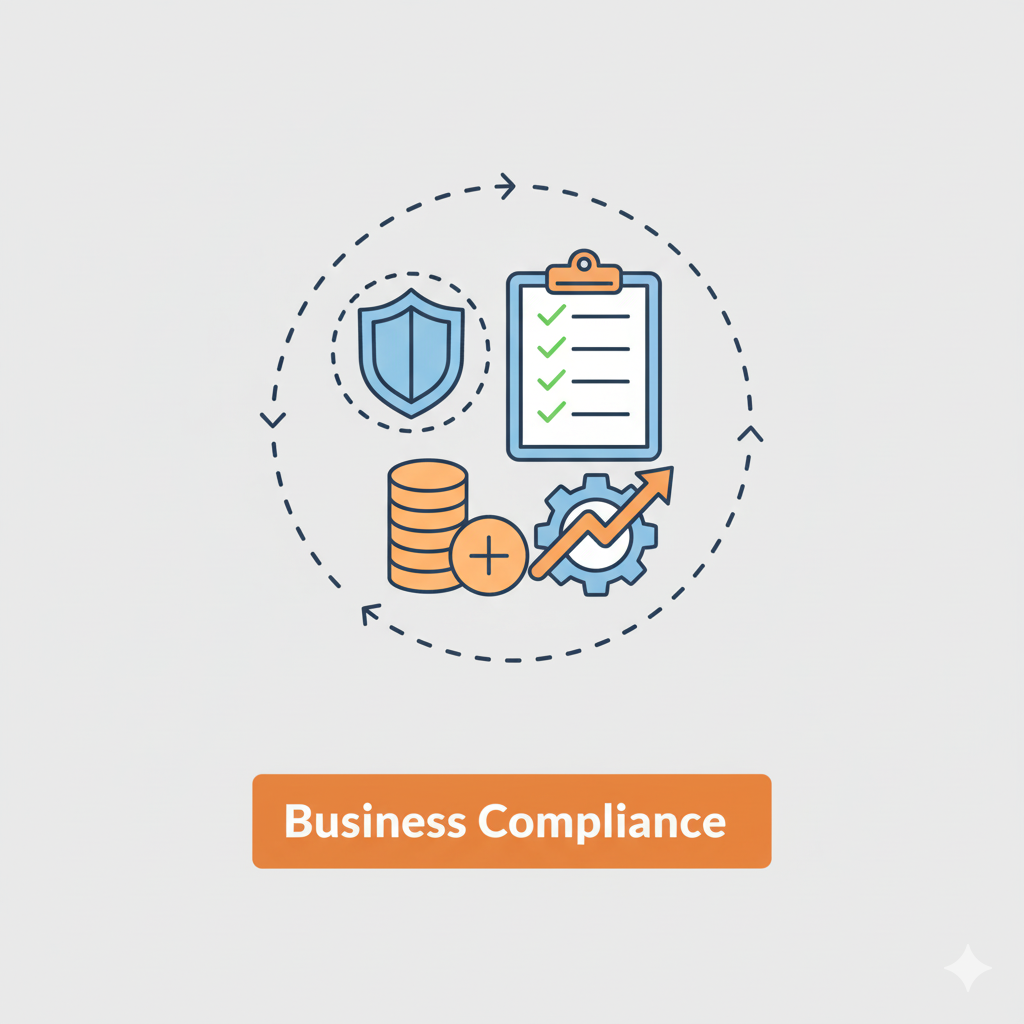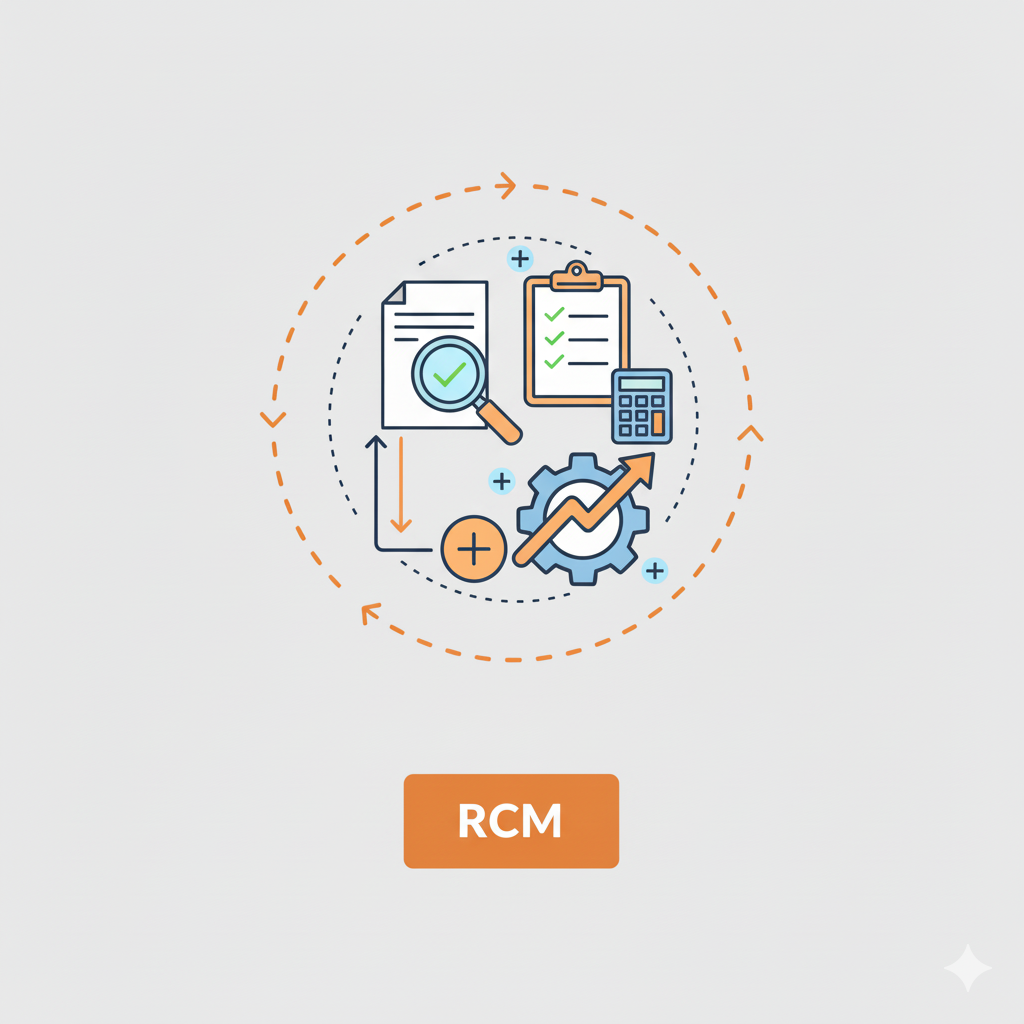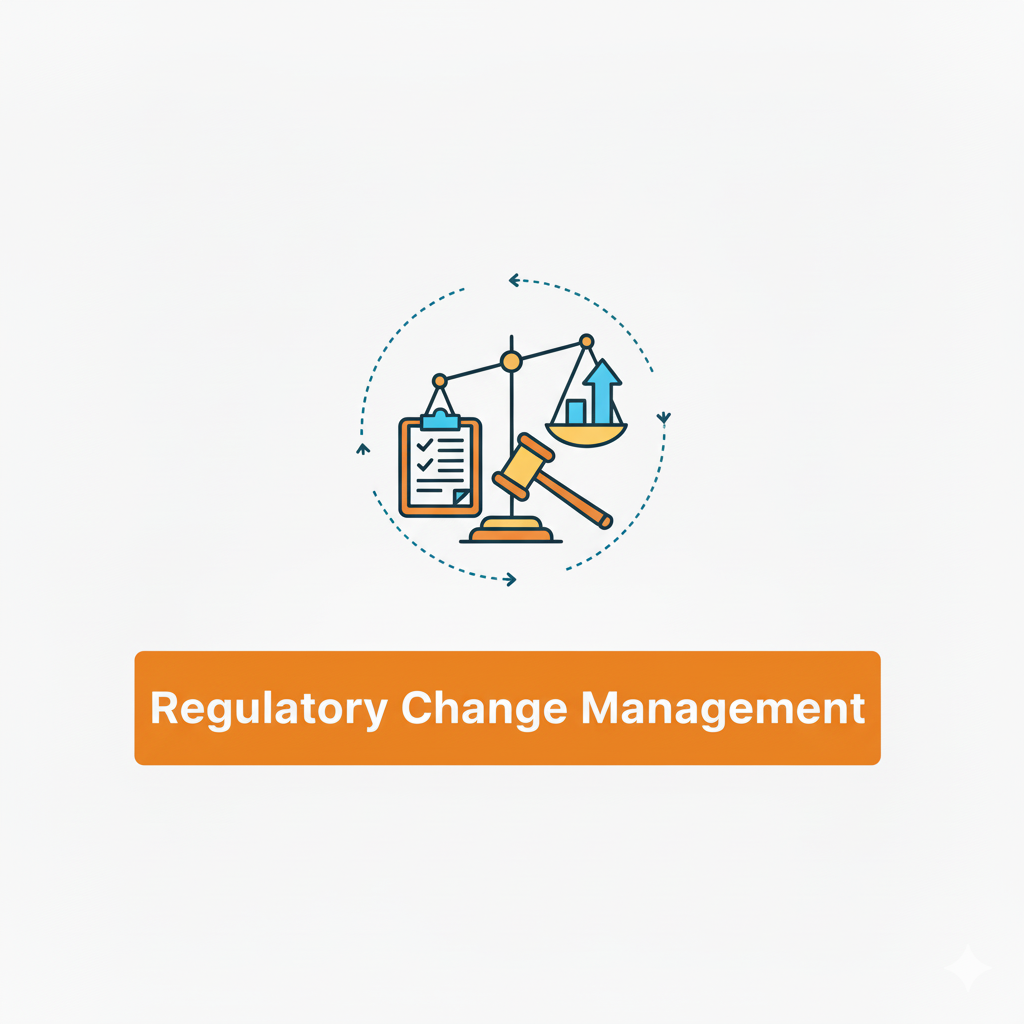What Is Regulatory Change Management?
Regulatory change management (RCM) is the discipline of tracking external rules, interpreting what they mean for your organization, and converting those requirements into concrete, auditable changes to policies, processes, technology, and people. Done well, RCM shortens the distance between “a regulator updated something” and “we’re compliant in production—with evidence.” Done poorly, it leaves you with spreadsheet sprawl, last-minute scrambles before audits, and risky workarounds that invite findings and fines.
This awareness piece explains what RCM covers, who’s involved, how it connects to IT and business change, the types of audits you’ll face by industry, and the artifacts auditors typically expect. A follow-on article will show practical ways to operationalize RCM with modern tooling.
Why regulatory change management matters now
Regulatory expectations are rising while technology stacks change faster than ever. Cloud migrations, third-party dependence, AI adoption, and tightening privacy/security rules mean your obligations evolve continuously. That creates three pressures:
- Speed: You must detect new or updated requirements quickly and reduce the lag between interpretation and implementation.
- Traceability: You need end-to-end evidence—from requirement to control to change ticket to production proof.
- Coordination: Regulations rarely touch just one team; legal, compliance, risk, security, IT, data, and operations have to move in step.
RCM provides the operating model to manage that complexity.
The scope of RCM: what it covers
RCM spans four layers of your organization:
- Policies & standards: The written rules you adopt to meet external obligations.
- Processes & controls: The repeatable steps and checks that enforce those rules.
- Technology & data: The systems, configurations, and records that must change.
- People & behavior: The training, attestations, and role design (e.g., segregation of duties) that keep compliance durable.
A single regulatory change often ripples across all four. For example, a new encryption requirement might trigger updates to your security standard, a revised key-management process, configuration changes to databases and applications, and new workforce training.
The RCM lifecycle: from “new rule” to “evidence on file”
Most mature programs follow a predictable loop:
- Horizon scanning: Monitor regulators, standards bodies, and industry groups; subscribe to bulletins; track enforcement actions.
- Triage & interpretation: Legal/compliance and control owners decide applicability, criticality, and deadlines.
- Impact analysis: Map requirements to policies, controls, data, systems, vendors, and business processes; identify gaps.
- Change planning: Create concrete work: RFCs/CRQs, tasks, testing plans, backout steps, training content, and communications.
- Approval & scheduling: Route risk-based approvals (e.g., change advisory board for higher-risk items) and place work on the forward schedule of change to avoid collisions.
- Implementation: Execute changes across systems and processes; capture before/after evidence.
- Verification & attestation: Validate control effectiveness, collect sign-offs, and file evidence (screenshots, logs, configs, training rosters).
- Monitoring & audit readiness: Track control health, exceptions, and remediation; maintain a clean audit trail.
Industry lenses: common regulations, audits, and what auditors ask for
Energy & Utilities (NERC CIP)
Electric utilities in North America face NERC Critical Infrastructure Protection (CIP) standards (e.g., CIP-002 categorization, CIP-005 electronic security perimeters, CIP-007 system security management, CIP-010 configuration change management, CIP-011 information protection, CIP-013 supply chain risk management). Regional entities perform periodic CIP audits. Expect to show a current asset inventory (BES Cyber Systems), documented change procedures, risk assessments, approvals, implementation evidence, and records of personnel training and access reviews.
Financial Services (SOX, GLBA, FFIEC, SEC/FINRA, PCI DSS)
Public companies undergo SOX Section 404 audits focused on IT general controls (ITGCs): change management, access, and operations. Banks and credit unions face FFIEC exams; firms handling consumer data must meet GLBA Safeguards; broker-dealers meet FINRA rules; certain market entities must comply with SEC Regulation SCI. If you process cardholder data, PCI DSS assessments (QSA Reports on Compliance) apply. Auditors look for formal policies, change approvals tied to risk, tested backout plans, segregation of duties, evidence that only authorized changes reached production, and complete ticket-to-artifact traceability.
Healthcare & Life Sciences (HIPAA/HITECH, FDA, GxP)
Covered entities and business associates must comply with HIPAA (Privacy, Security, and Breach Notification Rules). The HHS OCR conducts audits and investigations. Life sciences add FDA requirements like 21 CFR Part 11 (electronic records/signatures) and quality system regulations (e.g., 21 CFR Part 820), plus broader GxP validation expectations. Common asks: risk assessments, system validation/qualification packages, controlled SOPs, approved change records with test/validation evidence, and training attestations.
Public Sector & Gov Cloud (FISMA/NIST, FedRAMP)
Agencies and federal cloud services align to FISMA using NIST SP 800-53 controls; cloud providers pursuing federal use cases go through FedRAMP authorization. Auditors expect a current SSP (System Security Plan), POA&Ms, documented configuration baselines, risk-based change approvals, and logs proving controls remain effective after changes.
General Privacy & Security (GDPR/UK GDPR, CCPA/CPRA, ISO 27001, SOC 2)
Many organizations also maintain ISO/IEC 27001 certification or a SOC 2 Type 2 attestation, and comply with privacy laws like GDPR and CCPA/CPRA. Evidence typically includes policy-to-control mapping, DPIAs where needed, data flow inventories, approved changes to retention and access controls, and ongoing monitoring records.
Note: This is general information, not legal advice. Always consult your counsel and regulators for definitive requirements.
How RCM intersects with other “change” disciplines
- IT Change Enablement (ITIL): RCM leans on IT change to make the technical updates real—risk scoring, approvals, calendars, and audit trails.
- Organizational Change Management (OCM): Regulations often require behavior change. Training, communication, and adoption plans are as important as the system changes.
- GRC & Internal Audit: GRC defines control objectives and testing; audit validates control design and operating effectiveness. RCM supplies the connective tissue and evidence.
- Vendor & Supply-Chain Risk: Many controls land at third parties. RCM must route changes and evidence through vendor management, contracts, and SLAs.
- Data Governance: Privacy and retention rules affect data classification, lifecycle, and access—RCM coordinates those changes across systems and owners.
- Security Operations & Vulnerability Management: New obligations often mean new baselines (e.g., patching windows, MFA, logging). RCM ensures they’re adopted and provable.
Roles and responsibilities
- Regulatory intelligence / Legal / Compliance: Monitor, interpret, and decide applicability.
- Control owners: Translate requirements into policy/standard changes and control designs.
- IT & Security change owners: Plan and implement technical changes; maintain evidence.
- Risk management: Assess inherent/residual risk; manage exceptions and compensating controls.
- Internal audit / External auditors: Test design and operating effectiveness; issue findings.
- Business & process owners: Adopt new procedures, complete training, and attest as needed.
- Governance bodies (CAB, risk committees): Approve higher-risk changes and resolve conflicts.
Evidence: the currency of audits
Auditors don’t just want to hear that you changed something; they want to see it. Typical artifacts include:
- The regulatory trigger and interpretation note.
- Mapped controls and a gap analysis.
- Approved change records with risk scores, approver names, and timestamps.
- Test plans, validation/verification results, and backout steps.
- Before/after configuration screenshots or logs.
- Updated policy/SOP versions and training rosters/attestations.
- Post-implementation reviews and continuous monitoring results.
- An auditable retention scheme so artifacts remain accessible for the full period.
Common failure modes (and how to recognize them early)
- Policy drift: Written standards updated, but systems and behaviors lag weeks or months behind.
- Shadow spreadsheets: Evidence scattered across inboxes and personal drives; nothing ties cleanly to a change record.
- Emergency changes out of control: “Break glass” paths without follow-up PIRs or formalization into standard changes.
- Weak CMDB/asset inventory: You can’t prove the change touched every in-scope system because the scope is fuzzy.
- Vendor blind spots: Third-party controls changed on paper but not verified in practice.
- Siloed programs: Privacy, security, IT, and operations run separate cycles—audits find inconsistencies.
Metrics that show RCM is working
Good RCM is measurable. Useful indicators include: time from regulatory notice to approved plan; time from approval to production change; percentage of in-scope changes with complete evidence; percentage of emergency changes; policy-to-control mapping coverage; exception count and aging; audit findings/severity; change failure rate; training completion and attestation rates.
A quick self-assessment
- Do we know who owns horizon scanning and applicability decisions?
- Can we show, for a recent rule change, the exact controls, systems, and vendors impacted?
- Do our change records include approvals, test evidence, and backout steps tied to risk?
- Is our CMDB/asset inventory sufficient to prove full coverage?
- Where is our evidence stored—and can we retrieve it by requirement, control, and change?
- How do we handle exceptions, compensating controls, and expirations?
- Are training and attestations part of the plan, or an afterthought?
Latest Insight

Is Your Knowledge Ready for AI

Change for Business Compliance










.svg)
.svg)